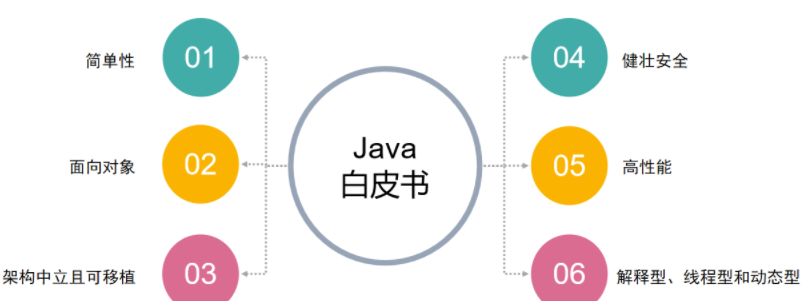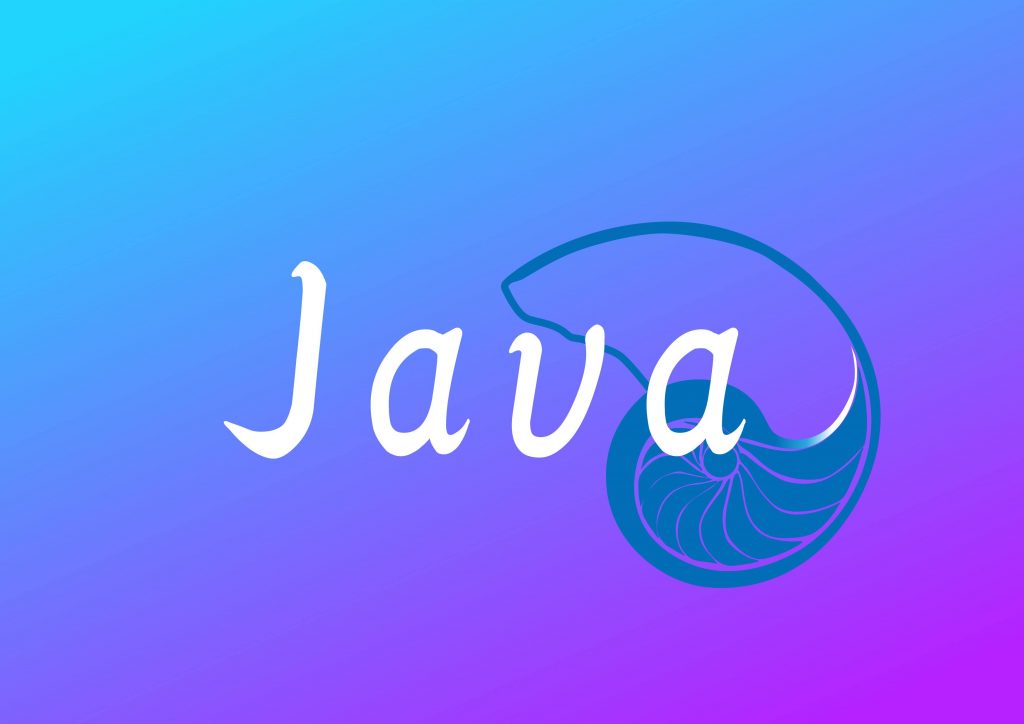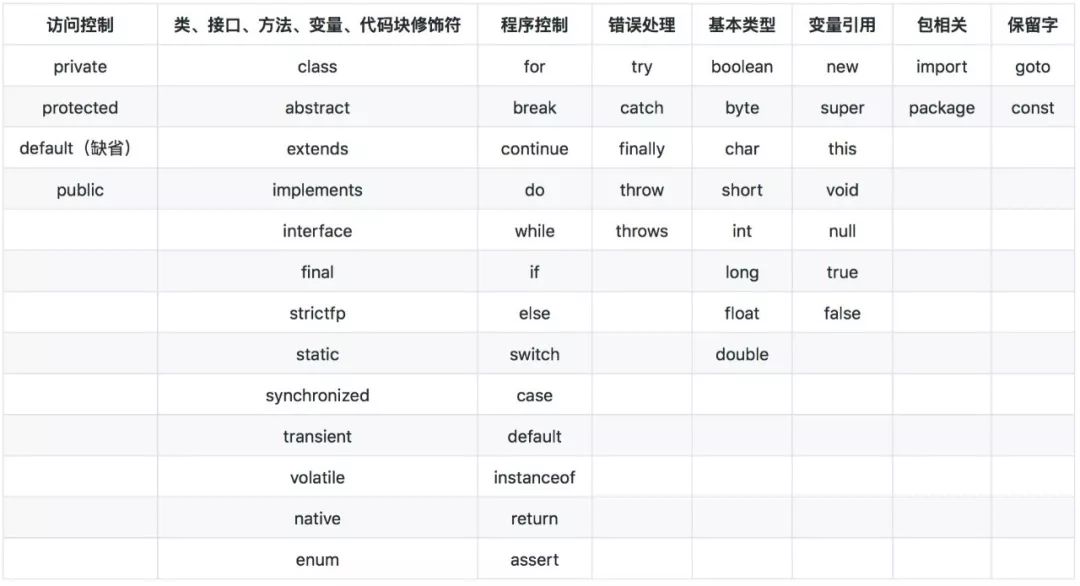入门必看的5个JAVA经典实例,供大家参考,具体内容如下
1 一个饲养员给动物喂食物的例子体现JAVA中的面向对象思想,接口(抽象类)的用处package co
入门必看的5个JAVA经典实例,供大家参考,具体内容如下
1.一个饲养员给动物喂食物的例子体现JAVA中的面向对象思想,接口(抽象类)的用处
package com.softeem.demo;
/**
*@author leno
*动物的接口
*/
interface Animal {
public void eat(Food food);
}
/**
*@author leno
*一种动物类:猫
*/
class Cat implements Animal {
public void eat(Food food) {
System.out.println("小猫吃" + food.getName());
}
}
/**
*@author leno
*一种动物类:狗
*/
class Dog implements Animal {
public void eat(Food food) {
System.out.println("小狗啃" + food.getName());
}
}
/**
*@author leno
*食物抽象类
*/
abstract class Food {
protected String name;
public String getName() {
return name;
}
public void setName(String name) {
this.name = name;
}
}
/**
*@author leno
*一种食物类:鱼
*/
class Fish extends Food {
public Fish(String name) {
this.name = name;
}
}
/**
*@author leno
*一种食物类:骨头
*/
class Bone extends Food {
public Bone(String name) {
this.name = name;
}
}
/**
*@author leno
*饲养员类
*
*/
class Feeder {
/**
*饲养员给某种动物喂某种食物
*@param animal
*@param food
*/
public void feed(Animal animal, Food food) {
animal.eat(food);
}
}
/**
*@author leno
*测试饲养员给动物喂食物
*/
public class TestFeeder {
public static void main(String[] args) {
Feeder feeder = new Feeder();
Animal animal = new Dog();
Food food = new Bone("肉骨头");
feeder.feed(animal, food); //给狗喂肉骨头
animal = new Cat();
food = new Fish("鱼");
feeder.feed(animal, food); //给猫喂鱼
}
}
2.做一个单子模式的类,只加载一次属性文件
package com.softeem.demo;
import java.io.FileInputStream;
import java.io.FileNotFoundException;
import java.io.IOException;
import java.io.InputStream;
import java.util.Properties;
/**
* @authorleno 单子模式,保证在整个应用期间只加载一次配置属性文件
*/
public class Singleton {
private static Singleton instance;
private static final String CONFIG_FILE_PATH = "E:\\config.properties";
private Properties config;
private Singleton() {
config = new Properties();
InputStream is;
try {
is = new FileInputStream(CONFIG_FILE_PATH);
config.load(is);
is.close();
} catch (FileNotFoundException e) {
// TODO Auto-generated catch block
e.printStackTrace();
} catch (IOException e) {
// TODO Auto-generated catch block
e.printStackTrace();
}
}
public static Singleton getInstance() {
if (instance == null) {
instance = new Singleton();
}
return instance;
}
public Properties getConfig() {
return config;
}
public void setConfig(Properties config) {
this.config = config;
}
}
3.用JAVA中的多线程示例银行取款问题
package com.softeem.demo;
/**
*@author leno
*账户类
*默认有余额,可以取款
*/
class Account {
private float balance = 1000;
public float getBalance() {
return balance;
}
public void setBalance(float balance) {
this.balance = balance;
}
/**
*取款的方法需要同步
*@param money
*/
public synchronized void withdrawals(float money) {
if (balance >= money) {
System.out.println("被取走" + money + "元!");
try {
Thread.sleep(1000);
} catch (InterruptedException e) {
// TODO Auto-generated catch block
e.printStackTrace();
}
balance -= money;
} else {
System.out.println("对不起,余额不足!");
}
}
}
/**
*@author leno
*银行卡
*/
class TestAccount1 extends Thread {
private Account account;
public TestAccount1(Account account) {
this.account = account;
}
@Override
public void run() {
account.withdrawals(800);
System.out.println("余额为:" + account.getBalance() + "元!");
}
}
/**
*@authorleno
*存折
*/
class TestAccount2 extends Thread {
private Account account;
public TestAccount2(Account account) {
this.account = account;
}
@Override
public void run() {
account.withdrawals(700);
System.out.println("余额为:" + account.getBalance() + "元!");
}
}
public class Test {
public static void main(String[] args) {
Account account = new Account();
TestAccount1 testAccount1 = new TestAccount1(account);
testAccount1.start();
TestAccount2 testAccount2 = new TestAccount2(account);
testAccount2.start();
}
}
4.用JAVA中的多线程示例生产者和消费者问题
package com.softeem.demo;
class Producer implements Runnable {
private SyncStack stack;
public Producer(SyncStack stack) {
this.stack = stack;
}
public void run() {
for (int i = 0; i < stack.getProducts().length; i++) {
String product = "产品" + i;
stack.push(product);
System.out.println("生产了: " + product);
try {
Thread.sleep(200);
} catch (InterruptedException e) {
e.printStackTrace();
}
}
}
}
class Consumer implements Runnable {
private SyncStack stack;
public Consumer(SyncStack stack) {
this.stack = stack;
}
public void run() {
for (int i = 0; i < stack.getProducts().length; i++) {
String product = stack.pop();
System.out.println("消费了: " + product);
try {
Thread.sleep(1000);
} catch (InterruptedException e) {
e.printStackTrace();
}
}
}
}
class SyncStack {
private String[] products = new String[10];
private int index;
public synchronized void push(String product) {
if (index == product.length()) {
try {
wait();
} catch (InterruptedException e) {
// TODO Auto-generated catch block
e.printStackTrace();
}
}
notify();
products[index] = product;
index++;
}
public synchronized String pop() {
if (index == 0) {
try {
wait();
} catch (InterruptedException e) {
// TODO Auto-generated catch block
e.printStackTrace();
}
}
notify();
index--;
String product = products[index];
return product;
}
public String[] getProducts() {
return products;
}
}
public class TestProducerConsumer {
public static void main(String[] args) {
SyncStack stack = new SyncStack();
Producer p = new Producer(stack);
Consumer c = new Consumer(stack);
new Thread(p).start();
new Thread(c).start();
}
}
5.编程实现序列化的Student(sno,sname)对象在网络上的传输
package com.softeem.demo;
import java.io.IOException;
import java.io.ObjectInputStream;
import java.io.ObjectOutputStream;
import java.io.Serializable;
import java.net.ServerSocket;
import java.net.Socket;
class Student implements Serializable {
private int sno;
private String sname;
public Student(int sno, String sname) {
this.sno = sno;
this.sname = sname;
}
public int getSno() {
return sno;
}
public void setSno(int sno) {
this.sno = sno;
}
public String getSname() {
return sname;
}
public void setSname(String sname) {
this.sname = sname;
}
@Override
public String toString() {
return "学号:" + sno + ";姓名:" + sname;
}
}
class MyClient extends Thread {
@Override
public void run() {
try {
Socket s = new Socket("localhost", 9999);
ObjectInputStream ois = new ObjectInputStream(s.getInputStream());
Student stu = (Student) ois.readObject();
String msg = "客户端程序收到服务器端程序传输过来的学生对象>> " + stu;
System.out.println(msg);
ois.close();
s.close();
} catch (IOException e) {
// TODO Auto-generated catch block
e.printStackTrace();
} catch (ClassNotFoundException e) {
// TODO Auto-generated catch block
e.printStackTrace();
}
}
}
class MyServer extends Thread {
@Override
public void run() {
try {
ServerSocket ss = new ServerSocket(9999);
Socket s = ss.accept();
ObjectOutputStream ops = new ObjectOutputStream(s.getOutputStream());
Student stu = new Student(1, "赵本山");
ops.writeObject(stu);
ops.close();
s.close();
ss.close();
} catch (IOException e) {
// TODO Auto-generated catch block
e.printStackTrace();
}
}
}
public class TestTransfer {
public static void main(String[] args) {
new MyServer().start();
new MyClient().start();
}
}
以上就是本文的全部内容,希望对大家的学习有所帮助,也希望大家多多支持好代码网。





